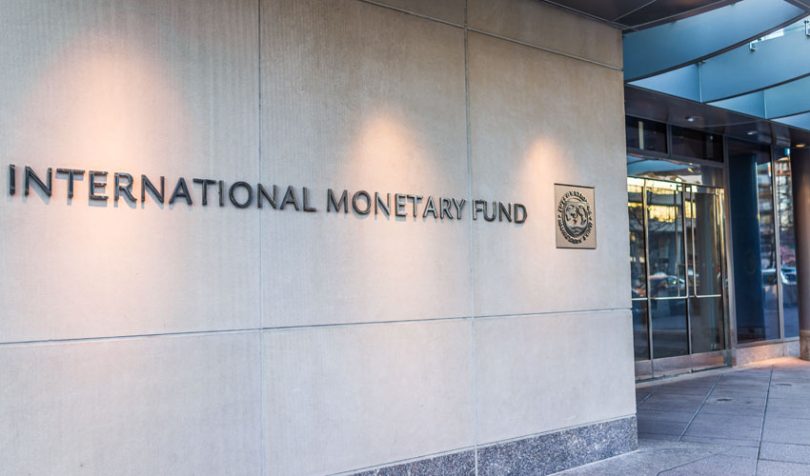The International Monetary Fund (IMF) and World Bank have been exploring blockchain together by creating a Learning Coin. They were keen to have an unbiased experience, and it involved 60 people across the organizations. At a workshop on Friday, they shared their learnings from the year-long initiative.
The project was not a cryptocurrency. There was no monetary value. It was a purely educational token available only to staff members of the World Bank and IMF to explore some of the concepts behind Central Bank Digital Currencies (CBDC). The token was earned through learning by consuming curated content about blockchain and digital money provided via a mobile and web app. An app will be published within a week.
“The problem we all have is technology is evolving faster than our ability to keep up,” said Herve Tourpe Chief Digital Advisor, IMF. “In addition to reading papers and going to conferences, you’re going to have to get your hands dirty and try these technologies yourself.”
Tourpe emphasized the importance of not pinpointing blockchain but instead looking at a diverse range of technologies. Starting with a problem, not a technology. The first goal: ‘Build our own non-monetary crypto-asset, with lawyers, economists, technologists to get a real unbiased experience.’
“If you do not touch this technology yourself, there’s a good chance you end up being biased by whomever you are consulting with. Try to avoid that,” said Tourpe.
The second goal was to incentivize staff to consume curated content through the app.
Tourpe stated they learned a lot about permissioned blockchain, smart contracts, digital asset economic models and programmable money.
The blockchain used a permissioned version of Ethereum using the proof of authority consensus algorithm. They chose Kaleido for the Blockchain as a Service system because it was capable of getting up and running in 20 minutes. Kaleido ran on the Microsoft Azure cloud. The IMF and World Bank each operated two nodes.
Applying economics
Given the institutions involved, they were somewhat interested in the fictitious monetary aspects. So they chose a fluctuating pricing model.
The ‘money supply’ consisted of the learning opportunities multiplied by the number of users. Or rather some fraction because they didn’t know how many learning opportunities might be used. So on the one side, there is the money supply and on the other side, a pool of rewards that need a price.
The basics of the pricing set in smart contracts were if demand is higher than expected then automatically increase the price and vice-versa.
The experiment is ongoing and central banks may participate in future.
Just last week, IMF Managing Director Christine Lagarde spoke on a panel about digital payments, specifically mentioning distributed ledger technology (DLT) potential. A few months earlier, she contemplated filling the ‘cash void’ with digital currencies.
The World Bank recently posted an analysis of how DLT could help emerging economies as part of its aim of alleviating poverty.






